Scientists Just Released A Ton Of Surprising New Information About Pluto.
Scientists just released a ton of surprising new information about Pluto.
Eight months after the New Horizons spacecraft whizzed past this small planet, scientists have published a whole suite of studies that bring into perspective just how strange and wonderful a place the tiny dwarf planet is.
Pluto’s surface is even more alien than we thought. The dwarf planet’s smooth plains, scarred craters and ice mountains were not what scientists expected to find on something so far out in the outer solar system. Scientists think all that diverse terrain means Pluto has been geologically active for much of its life over the past 4.6 billion years.

Pluto’s atmosphere is still a mystery. Turns out Pluto’s atmosphere is about 70 degrees Fahrenheit colder and much more stable than scientists initially thought.

We finally got a close look at Pluto’s five moons. Scientists think that Pluto and its largest moon Charon once collided. Instead of completely breaking apart, they went into orbit around one another. Now there’s evidence that Pluto’s four smaller moons may have formed from chunks of debris that spilled out of the same collision, according to the new research.

We still only have about half the data that New Horizons collected during its flyby, so Pluto may hold many more mysteries. Read more.
Follow @the-future-now
More Posts from Curiositytherover and Others
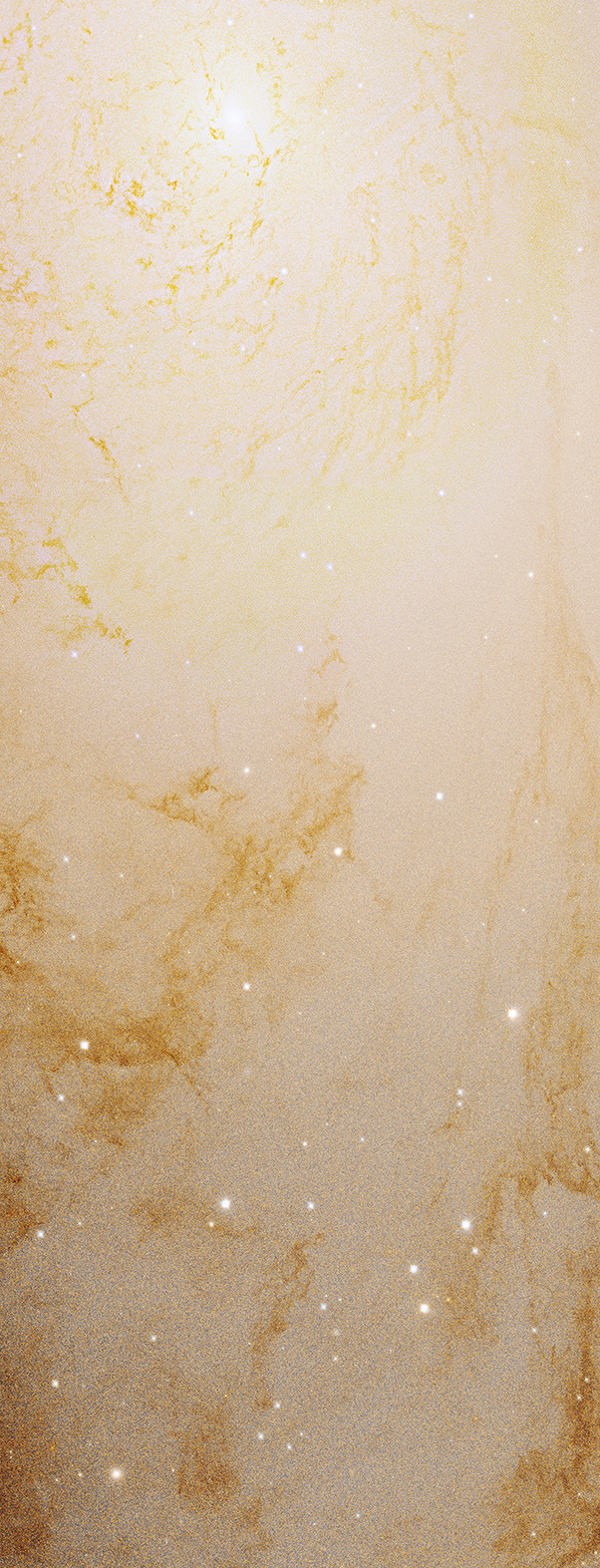

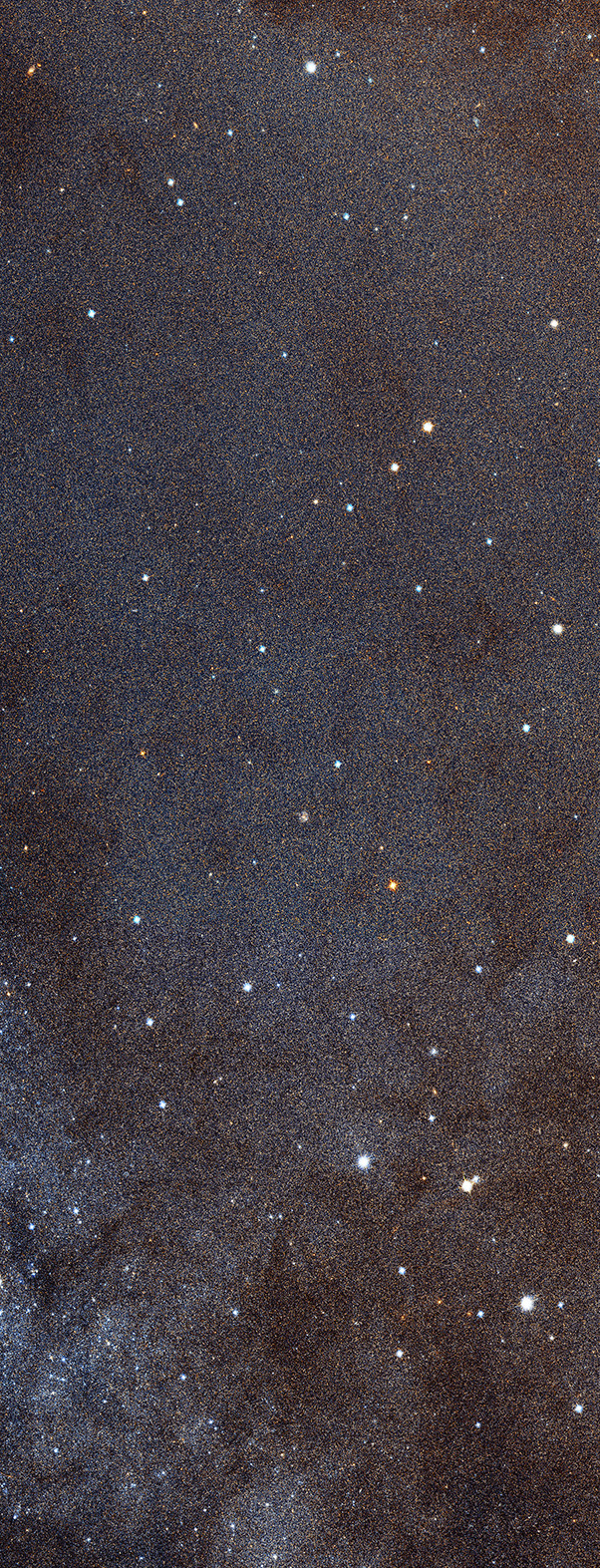

You just scrolled over a high-res segment of the Andromeda galaxy. How does NASA get its photos to look so spectacular? The same way as everyone else.
Jeff Williams: Record Breaker
Astronaut becomes U.S. record holder for most cumulative time in space!
The Olympics are over, but Americans are STILL breaking records. NASA astronaut Jeff Williams just broke Scott Kelly’s record of 520 cumulative days spent in space. When Williams returns to Earth on Sept. 5, he will have racked up 534 days in space. To celebrate this amazing achievement, here are some of the best images taken during his four spaceflights.

STS-101 Atlantis:
During May 2000, Williams made his first spacewalk during space shuttle Atlantis’ STS-101 mission. On this 10-day mission, Williams’ first spacewalk lasted nearly seven hours. He is pictured here outside the space station.

Expedition 13:
Williams experienced his first long-duration mission in 2006, when he served as flight engineer for Expedition 13 space station mission. During his time in orbit, he performed two spacewalks, saw the arrival of two space shuttle missions and resumed construction of the orbiting laboratory during his six-month tour. While on one of those spacewalks, Williams took this selfie.

Expedition 21/22:
Williams returned to space for another six-month mission in 2009 as a flight engineer on Expedition 21 and commander of Expedition 22. During that time, he hosted the crews of two space shuttle missions. The U.S.-built Tranquility module and cupola were installed on station. Here is an image of the then newly installed cupola.

Expedition 47/48:
This time around, Williams has been onboard the space station since March 2016, where he served as flight engineer for Expedition 47 and now commands Expedition 48. With over 7,000 retweets on Williams’ photo of an aurora from space, his Twitter followers were clearly impressed with his photography skills.
Make sure to follow us on Tumblr for your regular dose of space: http://nasa.tumblr.com

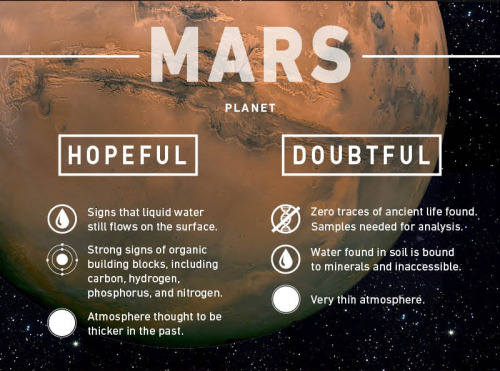
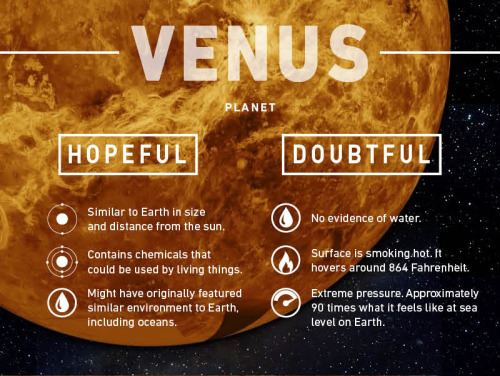
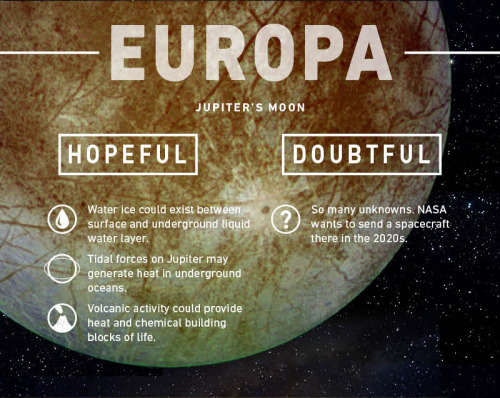
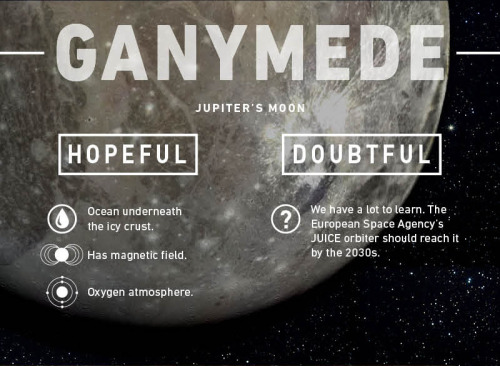



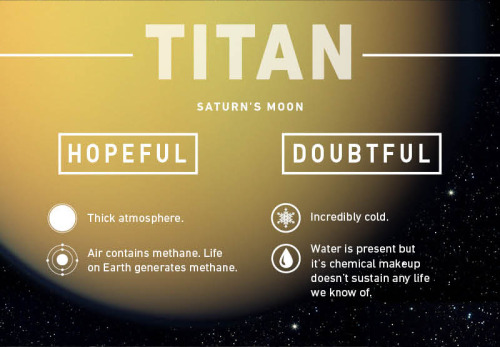
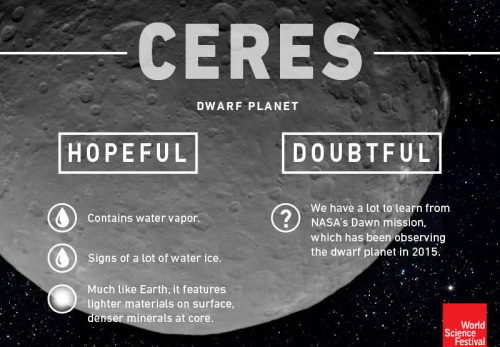
Where Could Life Exist?
When NASA scientists announced earlier this year that they had found evidence of liquid water on Mars, imaginations ran wild with the possibility that life could exist somewhere other than here on Earth.
Scientists continue to explore the possibility that Mars once looked a lot like Earth — salty oceans, fresh water lakes, and a water cycle to go with it. That’s exciting stuff.
So where else are they looking? What exactly are they looking for?
There are nine places in our universe where scientists say life is a possibility. The locations range from a smoking hot planet like Venus to a moon that orbits Saturn called Enceladus, which looks a lot like a massive, tightly-packed ball of ice.
All of these places show signs that water is, or at least was, a possibility. They also appear to feature some kind of energy that could produce heat.
full resolution











follow @the-future-now



What would Earth’s skies look like with Saturn’s rings?
Illustrator and author Ron Miller specializes in, among other things, incredible visualizations of other worlds. Now, Miller brings his visualizations back to Earth for a series exploring what our skies would look like with Saturn’s majestic rings. Miller strived to make the images scientifically accurate, adding nice touches like orange-pink shadows resulting from sunlight passing through the Earth’s atmosphere. He also shows the rings from a variety of latitudes and landscapes, from the U.S. Capitol building to Mayan ruins in Guatemala.
Images and text via
Lasers could rapidly make materials hotter than the Sun
London UK (SPX) Nov 17, 2015 Lasers could heat materials to temperatures hotter than the centre of the Sun in only 20 quadrillionths of a second, according to new research. Theoretical physicists from Imperial College London have devised an extremely rapid heating mechanism that they believe could heat certain materials to ten million degrees in much less than a million millionth of a second. The method, propose Full article
The techniques used to find and study exoplanets

First sketch of Copenhagen Suborbitals’ SPICA capsule. They aim to be the first amateur organization to send a man to space.
via reddit






Almost a month ago, the spaceflight company Blue Origin sent a rocket up to the edge of space and then guided it gracefully back down to earth, intact. It was a historic first.
But Blue Origin’s major competitor, SpaceX, was quick to point out that the rocket wasn’t going fast enough (or sideways enough) to place a satellite into orbit - just 4,600 kph (~2,860 mph). It went straight up, and then straight down.
Now, SpaceX has managed to put 11 satellites in orbit with a “reusable” rocket. Their rocket didn’t just go up and down - it reached a horizontal velocity of 6,000 kph (3,600 mph) before returning to earth. If SpaceX is able to refurbish the rocket and use it in another launch, they’ll have figured out a way to dramatically reduce the cost of spaceflight.
Here’s the full webcast. And here’s the full story.
Video credit: SpaceX










Bill Nye Explains The Connection Between Climate Change And Terrorism In Paris
President Obama made headlines Monday when he said during his remarks at COP21 that the climate change conference taking place in Paris is an “act of defiance” against terrorists who attacked the city earlier this month. Later on the same day, Bill Nye took that link a step further, explaining to HuffPost Live that the brutality in Paris was “a result of climate change.”
“This is just the start of things.”
-
 plutoxhime reblogged this · 8 years ago
plutoxhime reblogged this · 8 years ago -
 shawnnadarlene liked this · 8 years ago
shawnnadarlene liked this · 8 years ago -
 lismyname2 liked this · 8 years ago
lismyname2 liked this · 8 years ago -
 amilie2324 reblogged this · 8 years ago
amilie2324 reblogged this · 8 years ago -
 coconutxraikage liked this · 8 years ago
coconutxraikage liked this · 8 years ago -
 chickn12 liked this · 8 years ago
chickn12 liked this · 8 years ago -
 codex-regius-books liked this · 8 years ago
codex-regius-books liked this · 8 years ago -
 amelitalia liked this · 8 years ago
amelitalia liked this · 8 years ago -
 mad-desperada liked this · 8 years ago
mad-desperada liked this · 8 years ago -
 farfrom-peter liked this · 8 years ago
farfrom-peter liked this · 8 years ago -
 101donuts liked this · 8 years ago
101donuts liked this · 8 years ago -
 dubstepfromsaturn reblogged this · 8 years ago
dubstepfromsaturn reblogged this · 8 years ago -
 dubstepfromsaturn reblogged this · 8 years ago
dubstepfromsaturn reblogged this · 8 years ago -
 beepeeps liked this · 8 years ago
beepeeps liked this · 8 years ago -
 tinmack4 reblogged this · 8 years ago
tinmack4 reblogged this · 8 years ago -
 tinmack4 reblogged this · 8 years ago
tinmack4 reblogged this · 8 years ago -
 tinmack4 reblogged this · 9 years ago
tinmack4 reblogged this · 9 years ago -
 slughorde liked this · 9 years ago
slughorde liked this · 9 years ago -
 merituuli90 reblogged this · 9 years ago
merituuli90 reblogged this · 9 years ago -
 booksaresolitary reblogged this · 9 years ago
booksaresolitary reblogged this · 9 years ago -
 whatisaurlidonthaveone liked this · 9 years ago
whatisaurlidonthaveone liked this · 9 years ago -
 inconstantsearchofperfection liked this · 9 years ago
inconstantsearchofperfection liked this · 9 years ago -
 oshinytomato reblogged this · 9 years ago
oshinytomato reblogged this · 9 years ago -
 diamonddustcat reblogged this · 9 years ago
diamonddustcat reblogged this · 9 years ago -
 diamonddustcat liked this · 9 years ago
diamonddustcat liked this · 9 years ago -
 saintends reblogged this · 9 years ago
saintends reblogged this · 9 years ago -
 goddessofcoloredpencils liked this · 9 years ago
goddessofcoloredpencils liked this · 9 years ago -
 saintends liked this · 9 years ago
saintends liked this · 9 years ago -
 bohem-oi-globin reblogged this · 9 years ago
bohem-oi-globin reblogged this · 9 years ago -
 gothicbot liked this · 9 years ago
gothicbot liked this · 9 years ago -
 skyeshitchhiker reblogged this · 9 years ago
skyeshitchhiker reblogged this · 9 years ago -
 sosepurkki liked this · 9 years ago
sosepurkki liked this · 9 years ago